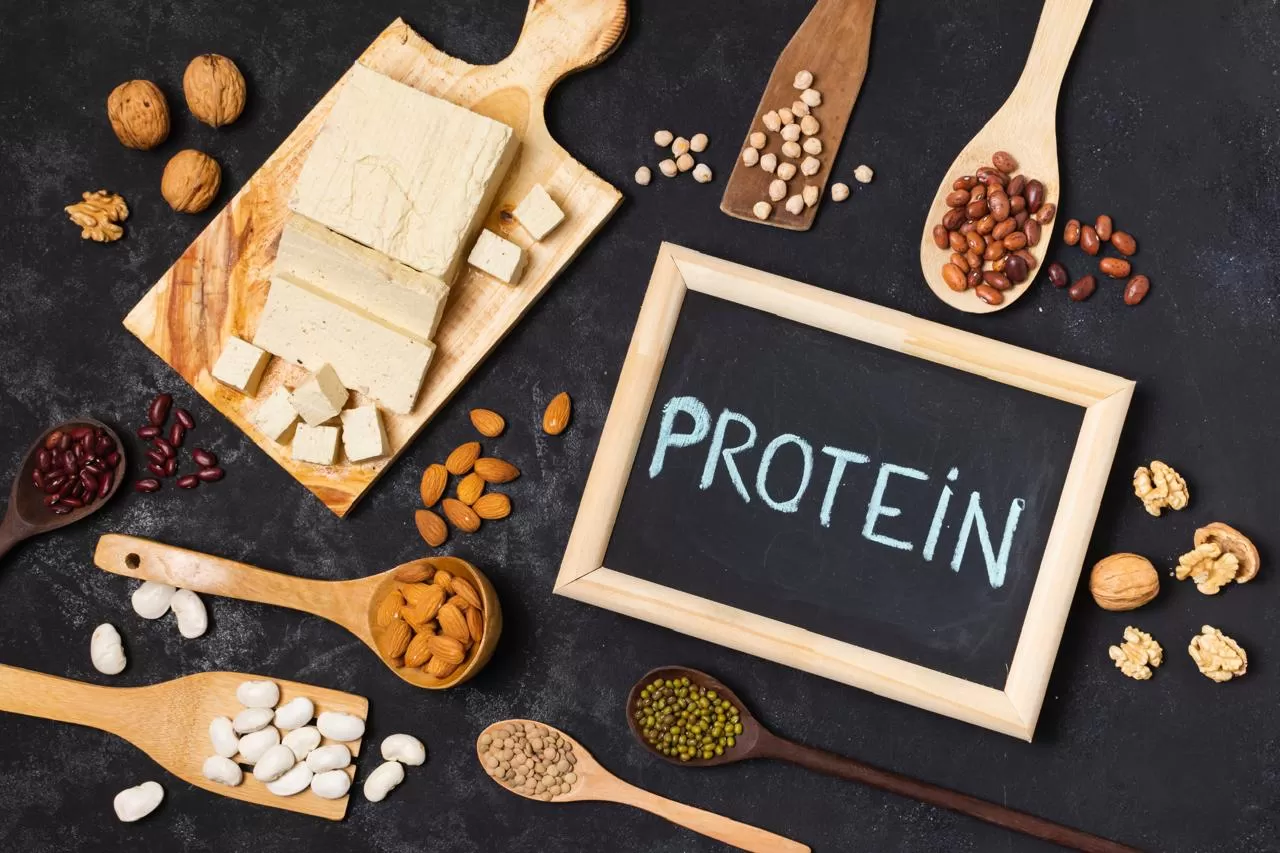
ALTERNATIVE PROTIENS- WHEN YOU LIFT LIKE TEENS
- 07 Sep, 2024
Balanced Diet
In a previous article about protein supplement use in teens, I mentioned the importance of a balanced diet in achieving adequate protein consumption. A well-balanced diet can sufficiently provide the necessary protein through natural food sources. This approach not only ensures a broader range of nutrients but also promotes healthy eating habits, but what kind of foods mainly contribute to a protein rich diet?
Here are some vegetarian and non-vegetarian sources of protein that can be easily incorporated into the diet of a teenager.
Vegetarian Protein Sources
1. Legumes and Pulses: Beans, lentils, and chickpeas are outstanding sources of protein and fiber. These can be used in various dishes, including salads, soups, and stews. For example, a serving of cooked lentils provides approximately 18 grams of protein per cup (Anderson, 2023).
2. Tofu and Tempeh: Derived from soybeans, tofu and tempeh are rich in protein. Tofu is versatile, and suitable for stir-fries, soups, and smoothies, while tempeh is ideal for sandwiches and salads. For instance, a half-cup serving of tofu contains about 10 grams of protein, and tempeh provides around 15 grams per half-cup (Scherf, 2023).
3. Quinoa: This pseudo-grain is a complete protein, containing all nine essential amino acids. It can be used as a base for salads, side dishes, or as a rice substitute. For example, One cup of cooked quinoa offers approximately 8 grams of protein (Mirmiran, 2024) .
4. Greek Yogurt: Rich in protein and probiotics, Greek yogurt can be eaten alone or with fruits and nuts for a nutrient-dense snack. For Instance, one serving of Greek yogurt (about 6 ounces) provides approximately 15-20 grams of protein (Monteiro, 2023).
5. Nuts and Seeds: Almonds, chia seeds, and hemp seeds are packed with protein and healthy fats. They can be added to smoothies, cereals, or eaten as snacks. For example, two tablespoons of chia seeds offer about 4 grams of protein, while a quarter-cup of almonds contains around 6 grams (Hu, 2023).
Non-Vegetarian Protein Sources
1. Lean Meats: Chicken breast, turkey, and lean cuts of beef are high in protein and can be incorporated into various dishes. For example, a 3-ounce serving of chicken breast provides approximately 25 grams of protein (Fulgoni, 2023).
2. Fish and Seafood: Fish such as salmon, tuna, and shrimp are high in protein and rich in omega-3 fatty acids. They can be grilled, baked, or added to salads. For example, a 3-ounce serving of salmon contains about 22 grams of protein (Song,2023).
3. Eggs: Eggs are a highly nutritious protein source and can be prepared in numerous ways—boiled, scrambled, or in omelets. For example, one large egg provides approximately 6 grams of protein (Stover, 2023).
4. Dairy Products: Milk, cheese, and other dairy products are rich in protein and calcium. They can be included in meals or snacks. For instance, One cup of milk provides about 8 grams of protein, while a 1-ounce serving of cheese offers around 7 grams (Wolever, 2024).
5. Poultry and Lean Cuts of Beef: Lean poultry like chicken and turkey, and lean cuts of beef, offer high-quality protein and essential nutrients. For example, a 3-ounce serving of cooked turkey breast contains approximately 26 grams of protein (Fulgoni, 2023).
Overall, incorporating such vegetarian and non-vegetarian protein sources into a teenager's diets supports their growing bodies and promotes overall health. By focusing on whole foods, teens can enjoy a balanced intake of nutrients without relying on protein supplements. Encouraging creativity in meal preparation can make healthy eating an enjoyable and sustainable habit.










